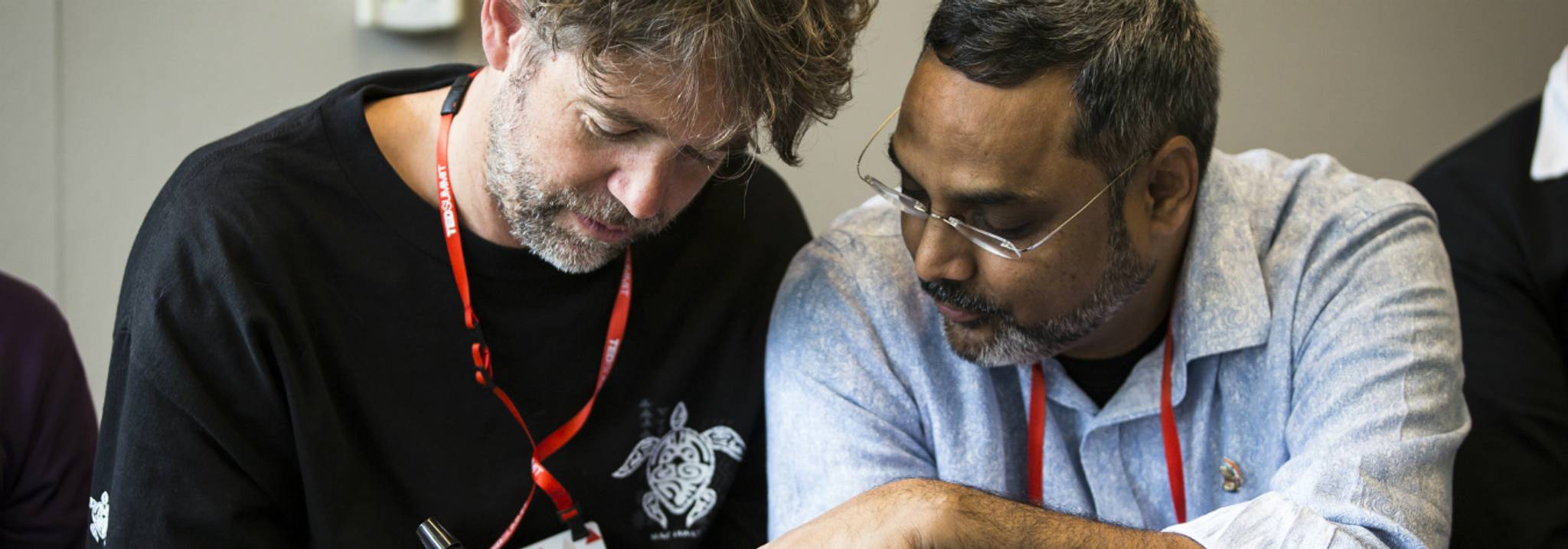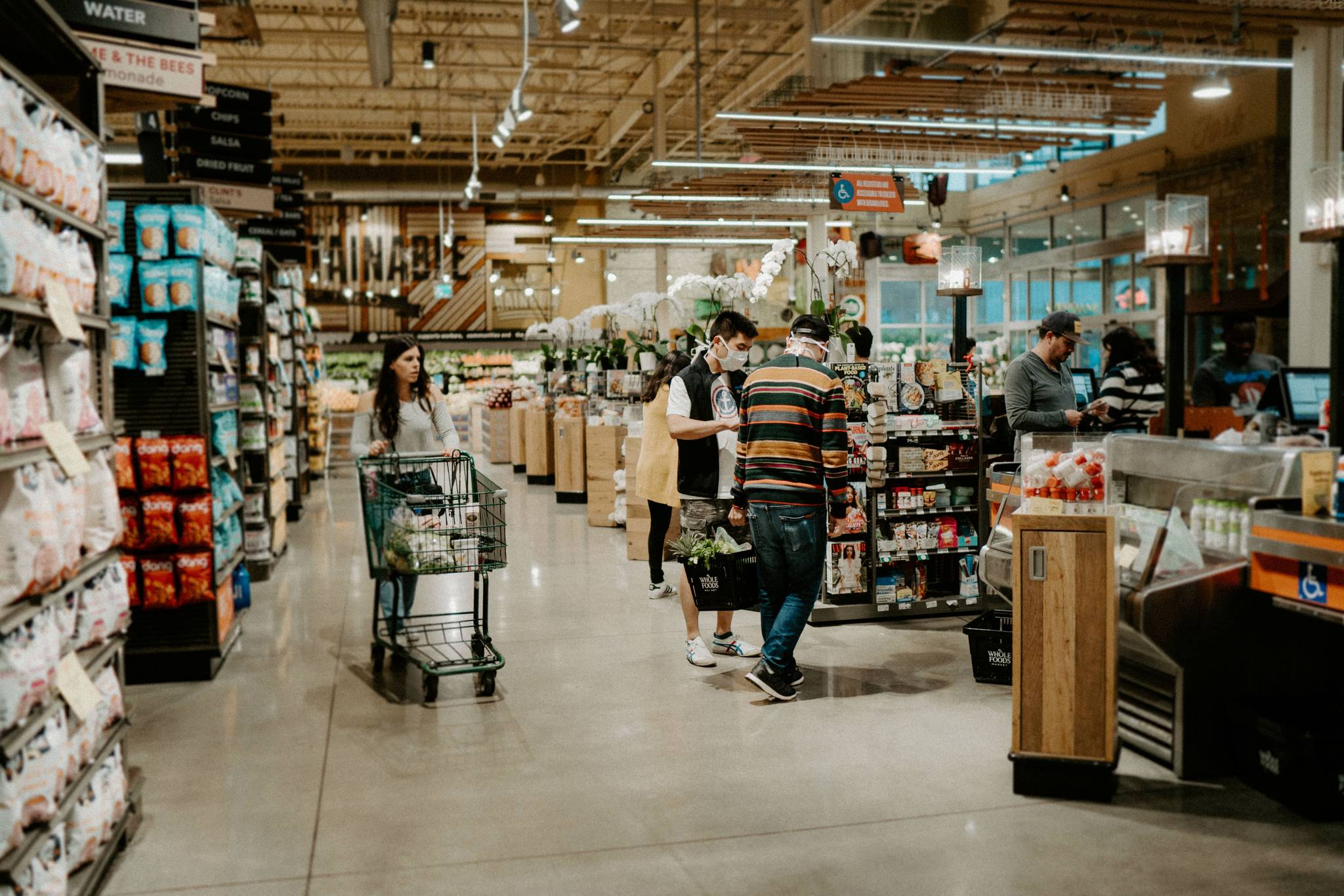
What do you call 12 hours of mind-expanding content from world renowned experts in behavioural science? It can only be Nudgestock, Ogilvy Consulting’s annual festival. The hotly-anticipated event was back with a digital, free-of-charge bang. Bringing together an eclectic mix of talks from leading thinkers and practitioners in behavioural science, marketing, and creativity, it’s always the highlight of our events schedule. Here are three things we learned from the experts:
Experience is the path to normality
We need to have a “symbiotic collaborative relationship” with each other in order for us to continue to have some cohesiveness in our daily lives after the pandemic, explains Dr. Dan Ariely,author and James B. Duke professor of psychology and behavioral economics at Duke University. Highlighting small routines such as going to the grocery store, he explains the importance that these small events have in our daily lives, especially as these experiences have changed substantially since the pandemic. Experience is another way for people to regain a sense of normality “people learn much better through experience – they will learn a lot about how life can get back to normal through experience.” Even though the “gap between fear and reality will be high,” says Dr. Ariely, getting people back out there experiencing things will help them adapt to habits they had prior to the pandemic.
There are four catalysts for change
“What we have inside our heads is often very different from what we’re prepared to say publicly and what we’re prepared to act on,” says Dr. Cass Sunstein, co-author of Nudge and the Robert Walmsley University Professor at Harvard. Dr. Sunstein outlines four processes that are catalysts for change:
- Preference falsification: What people say is not always indicative of what they really think. Social norms and expectations can shape people's verbal and physical responses in public, in comparison to our inner thoughts.
- Diverse threshold: People have different levels of threshold in different situations. Some may react immediately on impulse whilst others think about what they are going to do before taking action.
- Social interactions: Similar to a domino effect, when a person or a group of people voice their opinion about something, be it a cause or event, it can inspire others to also speak up in the same vicinity. Black Lives Matter is an example of how collective voices have come together to speak out against racial injustices; one voice can influence an entire generation of voices.
- Group polarisation: Like-minded people who engage in discussions with each other can have a more extreme point of view in comparison to what they originally thought.
Dr. Sunstein explains that these four factors work together to ignite change, whether social change or for brands. Ultimately, change is formed through a cycle and these processes are key to ensuring a change in mindset, reaction, and viewpoints of the world.
Make use of the effort paradox
According to Adam Ferrier, founder of THINKERBELL, brands should not listen to consumers. Ferrier explains that consumers do not look for brands but for a specific category and that they only want to communicate with brands when they need, instead of constantly. These factors ultimately lead to inconsistent and unsuccessful brand marketing. Ferrier points to the effort paradox as a way for a brand to stand out. Using IKEA as an example, Ferrier says that because IKEA stores are generally located outside of city centres, people have to make an effort to travel there, adding more value to the brand itself and the overall shopping experience. What's more, 'barriers to exit' is a way for consumers to keep purchasing from the same brand – Apple does this by creating products that are designed to work best together, meaning users tend not to purchase tech products from other brands. “Ultimately distinctiveness is for brands who have given up on differentiation,” he says.
Want to work out which behaviours will make up the new normal and learn from best-in-class responses about how to adapt? Join us this Thursday 2nd July at 4.30 pm GMT for ‘Is It a Thing?’ the new Pandemic Culture webinar edition, with a focus on socially distanced retail.
Karen Muleba is the editorial assistant at Canvas8, which specializes in behavioral insights and consumer research. She holds a degree from the University of the Arts London and has had work featured on The Psychology Of Fashion. Outside of work, you'll find her at her favourite music gig or finding inspiration at a creative event.



